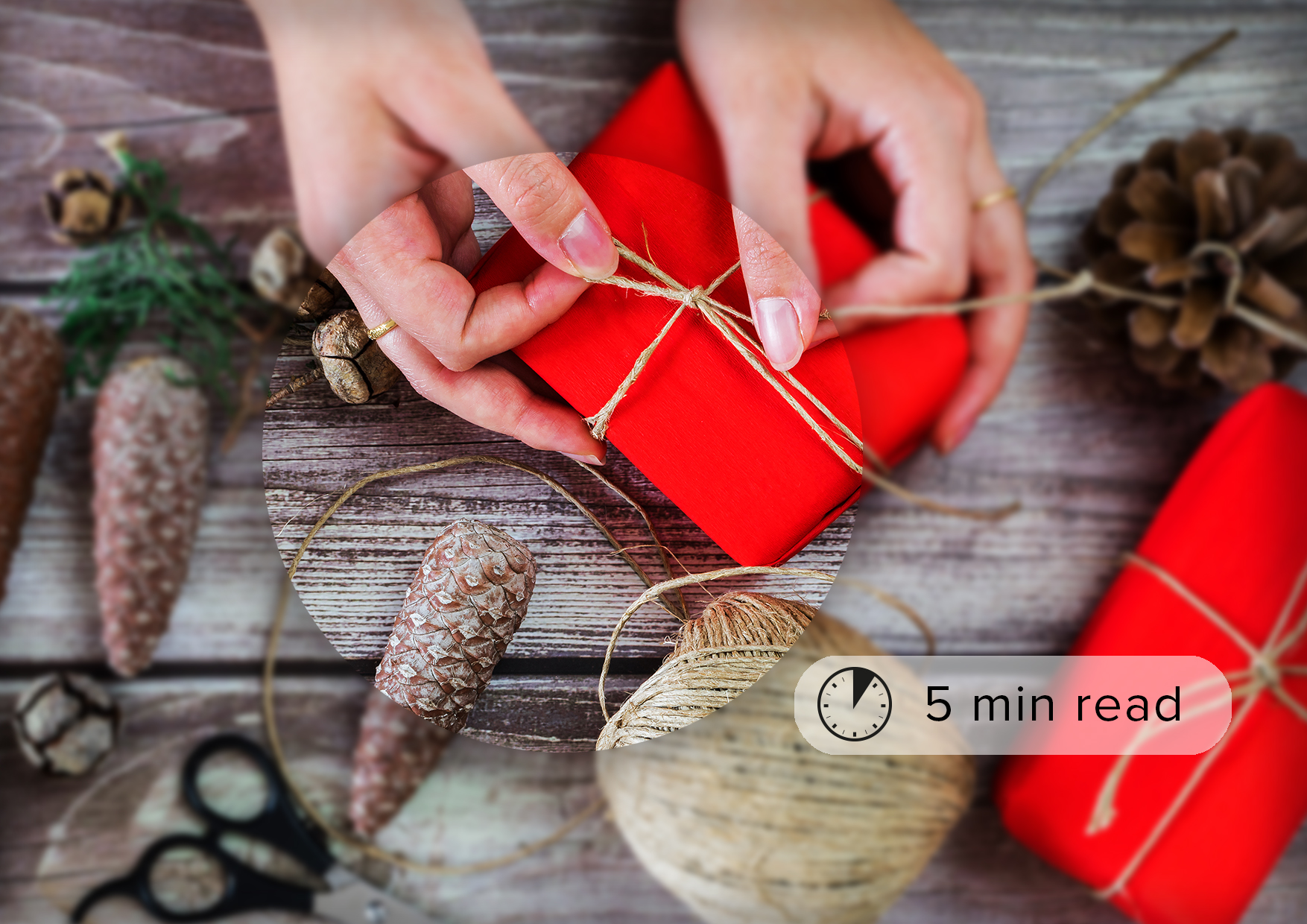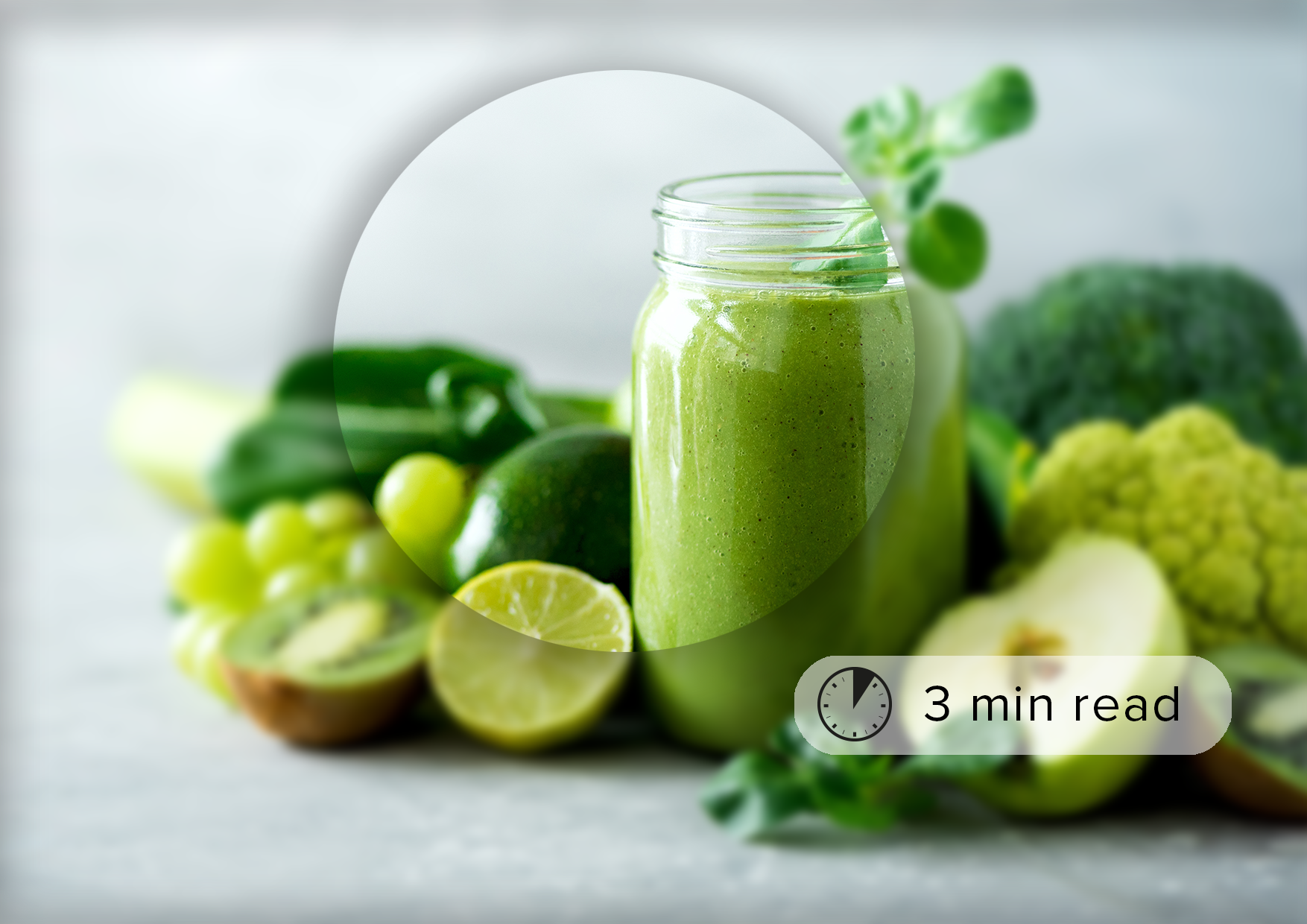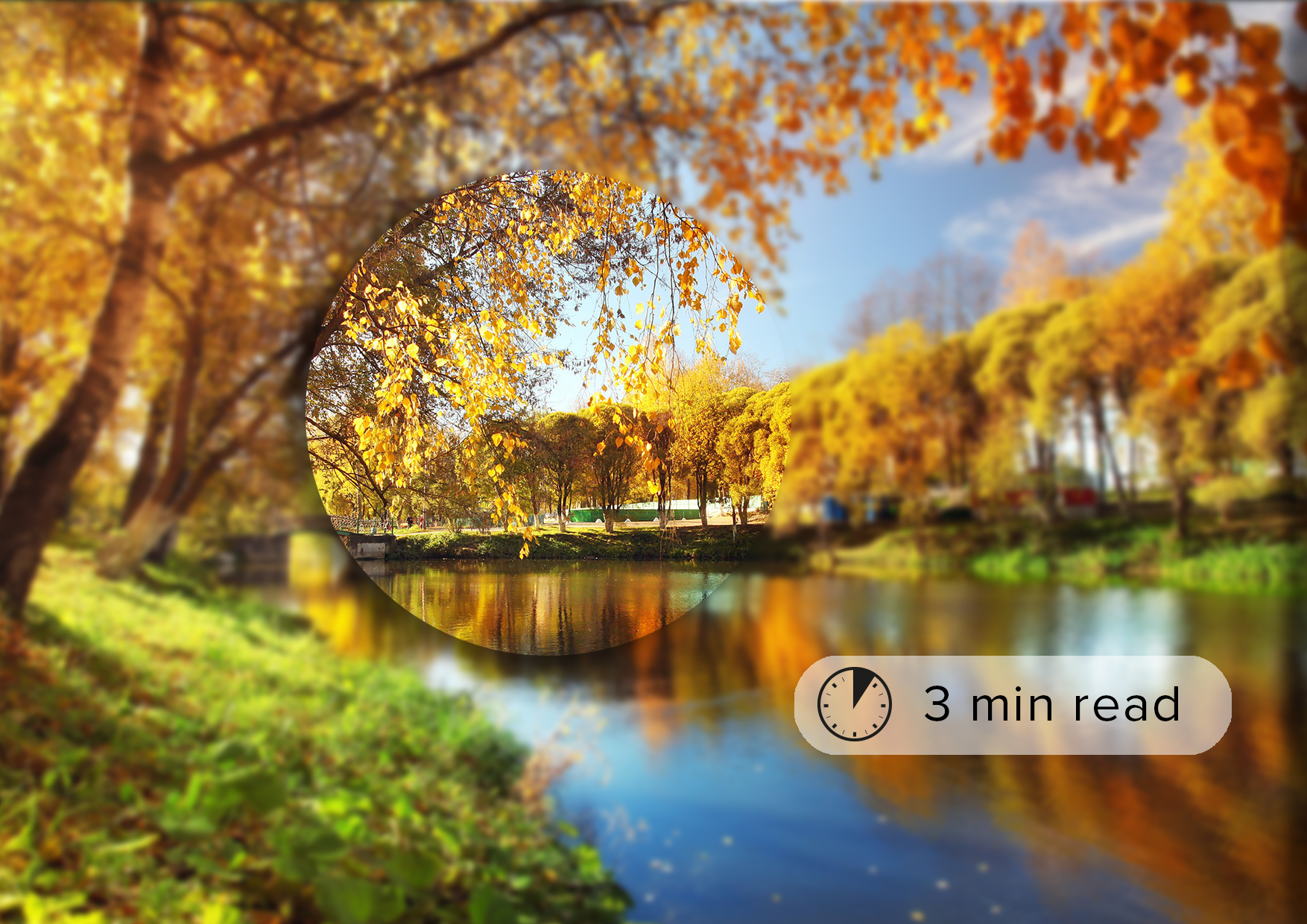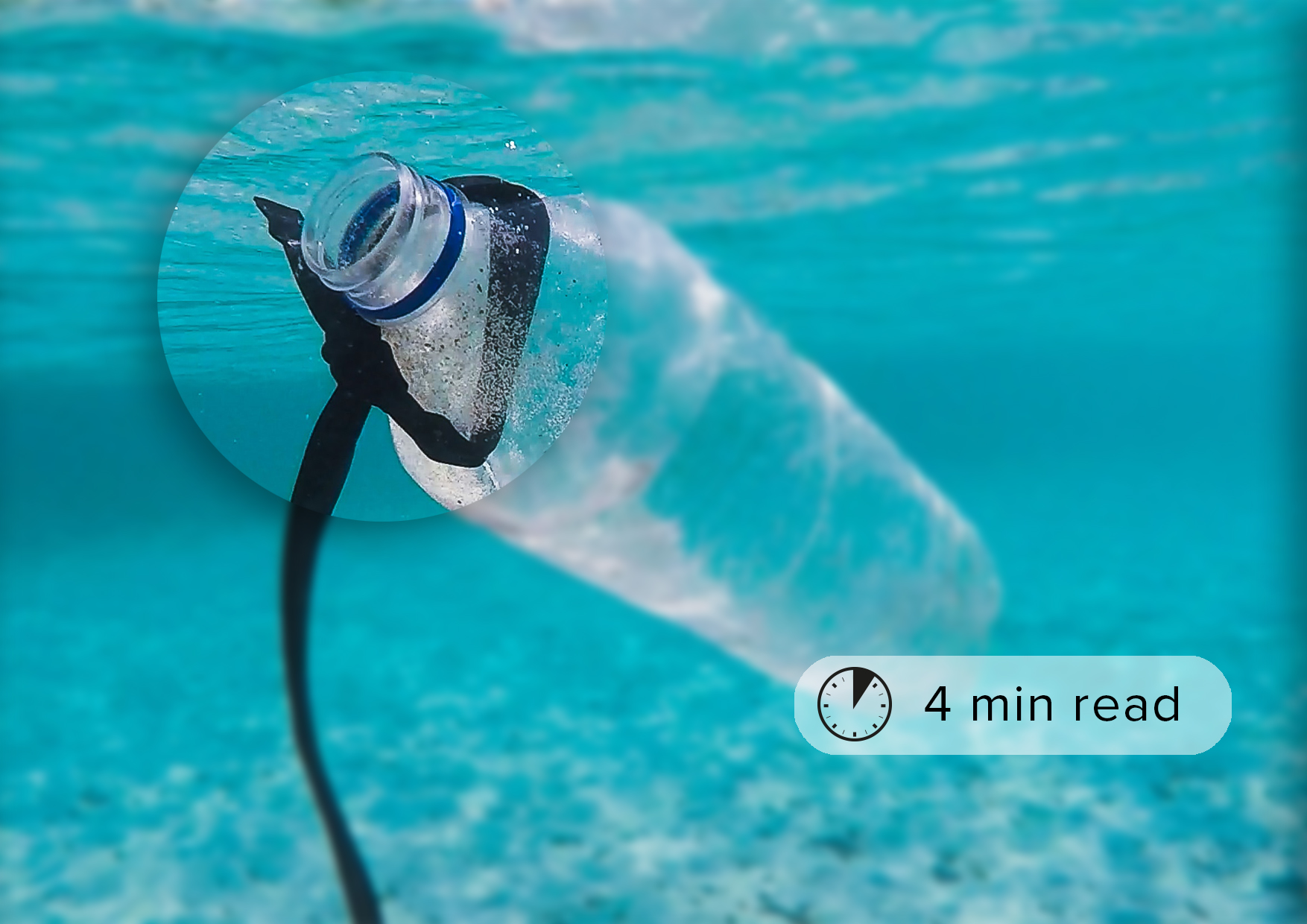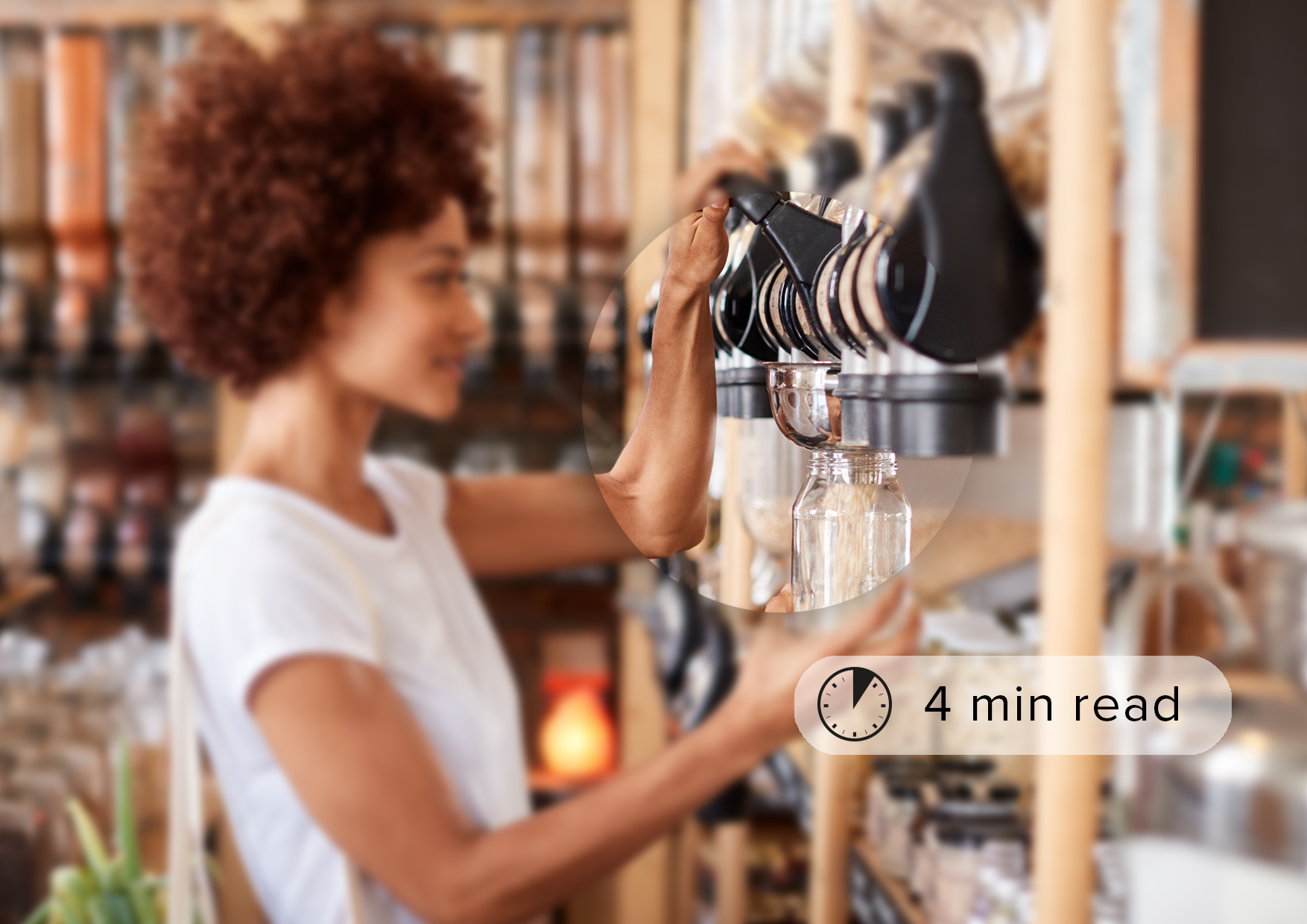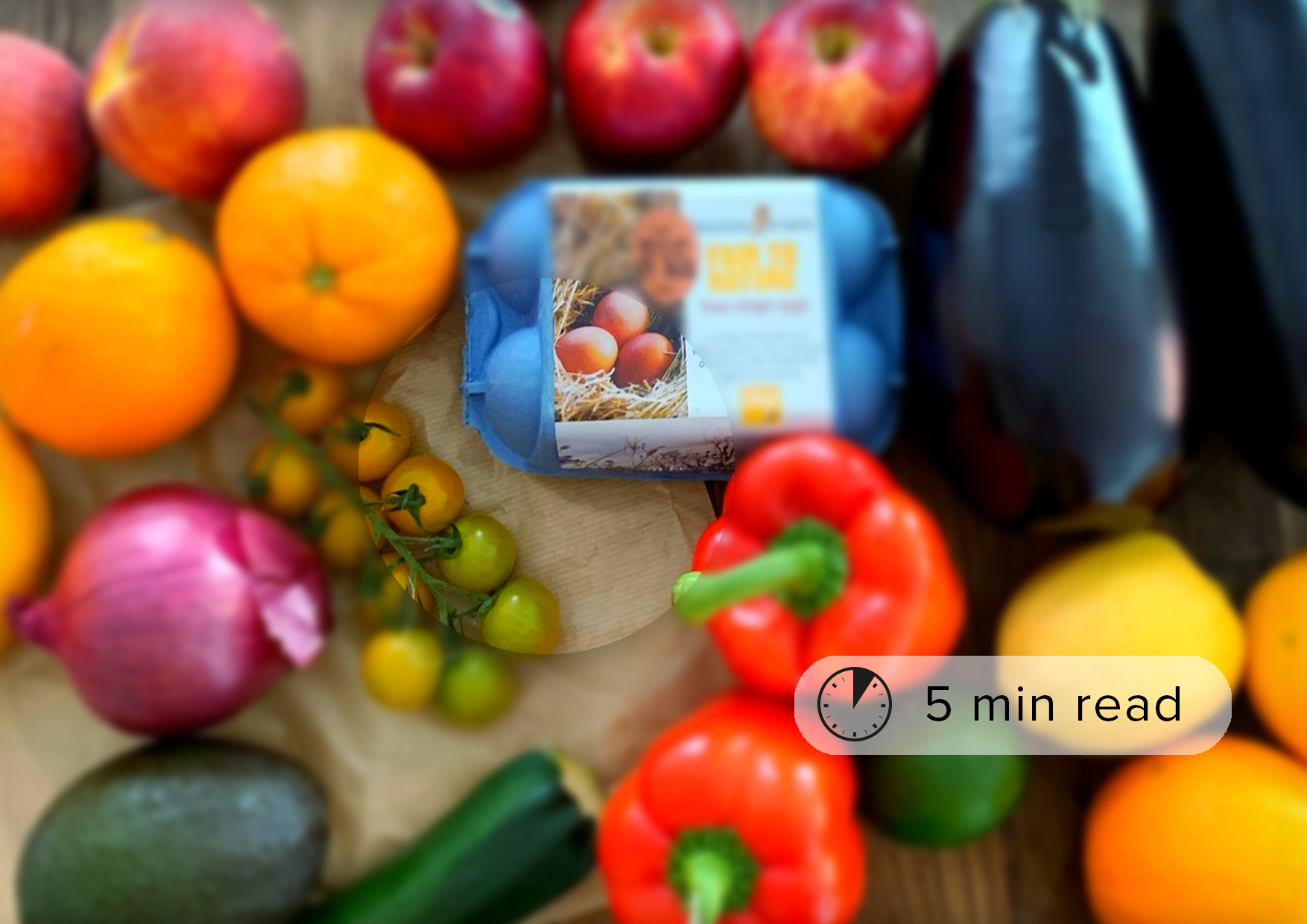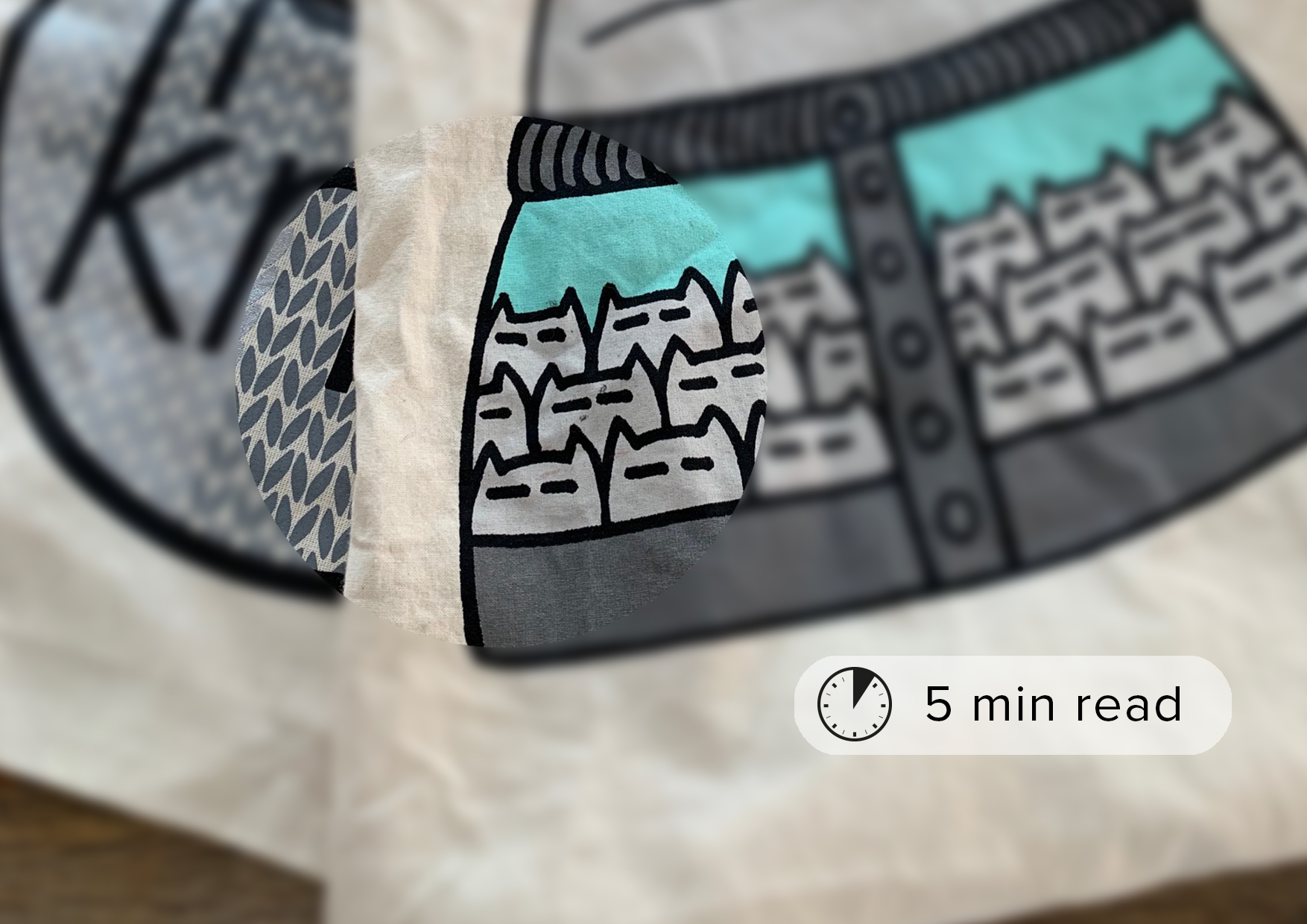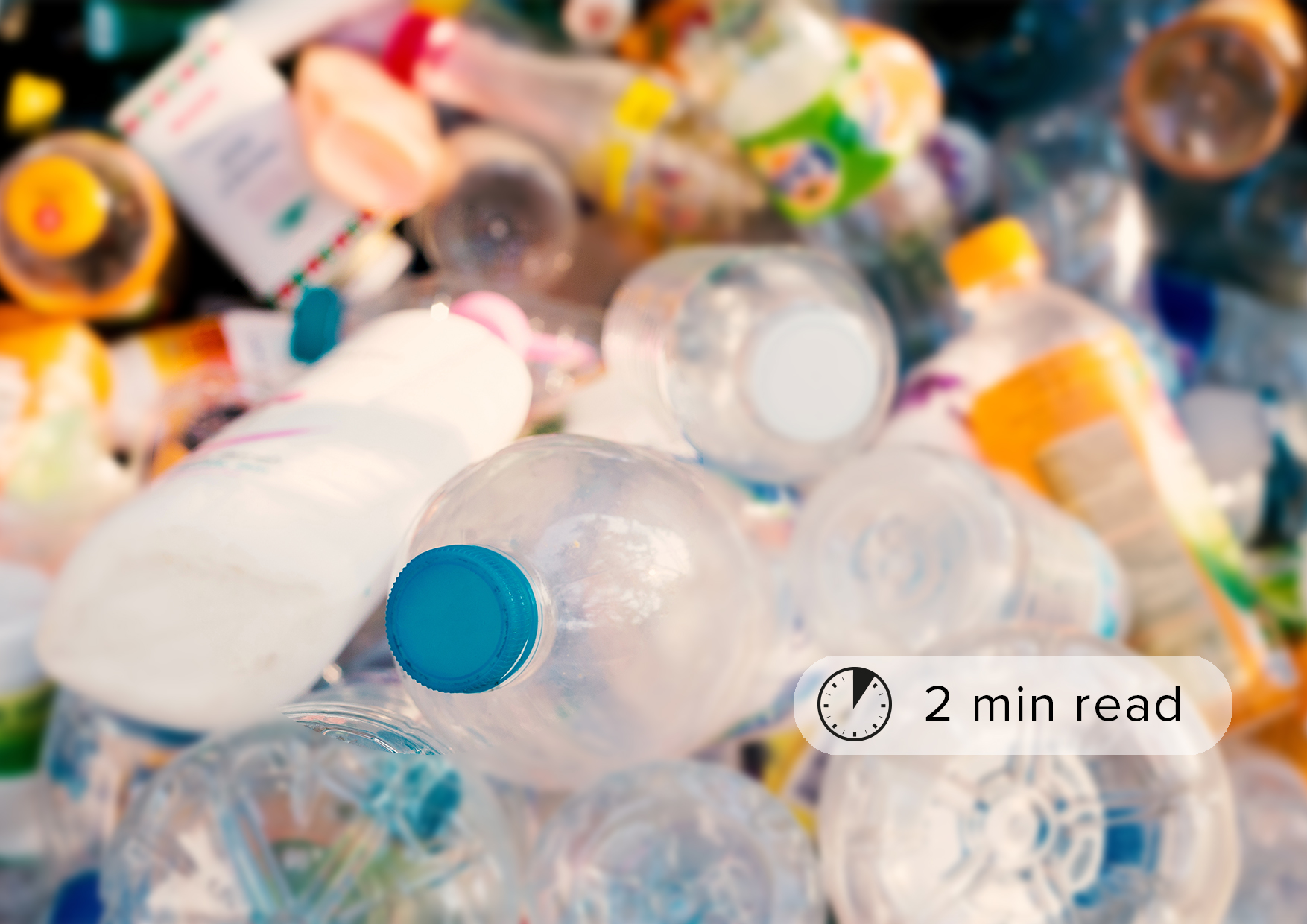Tis the season to be sustainable
Christmas is a time for giving, but it shouldn’t cost the earth. So here are our top five tips on having a sustainable Christmas and saving the planet while you spread some Christmas cheer.
The gifts
Lists aren’t just for Santa. Choose who you’re buying gifts for and make a list (and check it twice). That way you’ll know exactly what you need to buy and it should also help you avoid last minute panic buying, which can lead to unused and wasted presents.
Gifts don’t have to be bought, and they don’t even need to be material things! Pledges for your time or an activity are a thoughtful alternative and handmade gifts such as food, arts or crafts show a really personal touch. Did someone say “let’s bake gingerbread men…?”
If you do buy a gift, choose to buy local from sustainable companies to reduce the environmental impact of your shopping. It can help support your local community too, as the cash spent and taxes paid stay in your local economy. It’s also more sustainable to stick to one big gift rather than giving lots of little ones – it can reduce waste and as an added bonus you’ll only need to come up with one thoughtful gift idea.
If you’re feeling really charitable (and you think the gift receiver would like it) you could even make a donation to charity on the person’s behalf.
Wrapping paper
And what to wrap your lovely thoughtful gifts in? Eco-friendly wrapping paper of course! Recyclable wrapping paper is better for the environment than many normal rolls, as a lot of them contain non-recyclable elements like foil, glitter or plastic. Equally, brown paper packages tied-up with string can make a beautiful present. Finish off with twigs of eucalyptus tucked under the string and your sustainable pressie is complete!
Pro tip: want to know if your wrapping paper can be recycled or not? Use the scrunch test. Scrunch up the paper in your hand then let it go. If the paper stays scrunched up it can be recycled. But if it unfolds on its own, then it probably contains non-recyclable elements. Boo!
The tree
Up to 8 million Christmas trees are bought every year in this country alone. That’s a lot of trees. Although plastic tress are a good alternative and should last for years, they take a lot of energy to produce and will have to be disposed of in the future.
A sustainable alternative is to rent a tree. Yeah, that’s right – rent your Christmas tree! Loads of garden centres offer a tree-hire service for the festive period and they’ll even pick it up and drop it off to save you the hassle.
Of course, if you want to go one step further, you could use or grow your own. A tree with roots will grow outside and you can use it again next year, reducing the environmental impact and costing you less. Holly, apple, pear, and Japanese maple trees are all good options, although they do take a bit more looking after.
If you do go for a real tree though, just make sure it’s sustainably grown – trees should have either the FSC or Soil Association logo on them. And remember to recycle it when you’re finished. Most local councils have set up recycling points specifically for Christmas trees, or alternatively you can take yours to your nearest recycling centre.
The food
Oh the food! We all love a bit of Christmas dinner. Whether it’s the mouth-watering main or those sumptuous sides, we just can’t get enough. If you’re going down the traditional turkey or meaty route – try to buy organic and free-range, and support your local small-scale farms if possible too.
The Soil Association tell us, “food is the single most important, everyday way for people to reduce their environmental impact.” So we can really make a difference by making sustainable choices, even down to the packaging of the foods we buy. Opt for loose items or those that have little or no plastic packaging to help save the planet.
Plumping for a full-on veggie Christmas dinner is even better for the environment. Vegan nut roasts and brandy butter are delish, and definitely won’t leave you feeling like you’ve missed out.
…and the drink!
Like the food, go organic and locally-sourced with your drinks if you can. Haven’t tried organic wine yet? Well Christmas is as good an excuse as any to give it a go. There are loads of UK vineyards producing tasty tipples, just look out for their organic credentials on the label. Or if you prefer something a little stronger, the UK’s first organic distillery in south-west Wales, Dà Mhìle, has a selection of organic whiskey, brandy and gin. Just remember to enjoy responsibly!
Last but not least
Always find yourself searching the cupboards for enough matching glasses when you’re entertaining at Christmas? Fear not – you can rent some for free from Waitrose! What a time to be alive!

